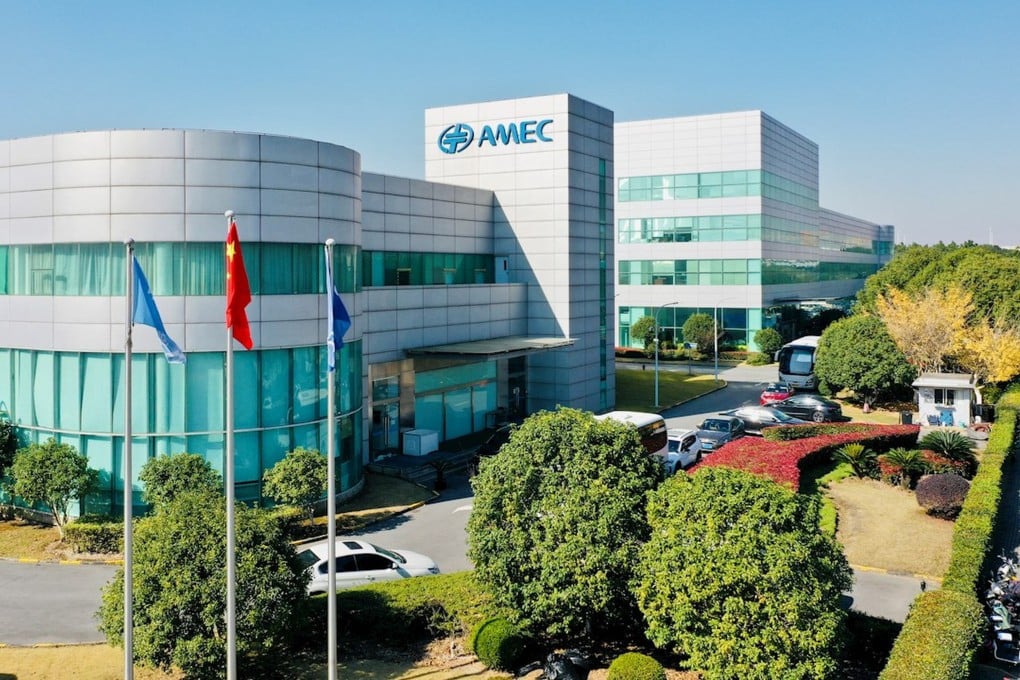Ryan Wong is an engineer-turned-CEO of Visier , a people analytics company. The customer service rep who talks down the angry client. The engineer who works through the night when the servers are down.
The accountant who pitches in to help their colleagues make it through earnings season. Every company of a certain size has people just like this. Leaders may not be aware of them, but they quietly contribute in outsized ways.

I like to call them “water carriers”—if there’s a gap, rather than wait for someone else to solve the problem, they deal with it. They’re drawn to a cause or purpose and take the commitment seriously. Even in our digital, data-rich era, it can be surprisingly hard to spot these individuals, who are easily drowned out by louder, flashier voices.
That’s why I think it’s so important to identify—and reward—your water carriers. Here’s how. Water carriers shouldn’t be conflated with “worker bees.
” They can be anywhere in an organization, from entry level to senior leadership. And their impact extends far beyond mere box-ticking and busy work. Against a backdrop of business performance erosion , where employees are increasingly disengaged and productivity suffers, water carriers can make a big difference.
High performers are 400% more productive than their average peers—with that advantage rising to 800% for managers, software developers and other complex roles. At heart, these employees show the company what good looks like, serving as a model for other team members. Water carriers also boost talent density —a term coined by Netflix’s Reed Hastings and Patty McCord to describe a company’s concentration of top performers.
That helps teams operate more efficiently and autonomously. Ultimately, water carriers’ positive impact on the business isn’t rocket science. As management guru Peter Drucker is often credited as saying , culture eats strategy for breakfast.
A company whose culture is defined by people who go the extra mile and take ownership is quite nearly unstoppable. The challenge with water carriers is that, by and large, they don’t crave the spotlight. Their motivations are often deeply personal, so it’s all too easy to overlook their contributions, especially in a fast-moving startup environment.
But close colleagues know exactly who they are. That’s why, for leaders, identifying your water carriers starts with talking to individual team members, not merely directors and VPs. Find out who’s been covering when others are stretched thin, who stays late to get a project done or who puts extra cycles into projects and reports to make sure they really shine.
That will lead you to the water carriers. Increasingly, technology is playing a role, as well. I’m not a fan of digital tools like surveys or self-assessments.
They tend to be too subjective and inconsistently applied to reveal real patterns. Instead, the key is using technology to draw a direct connection between people data and work data—in other words, between individual contributions and the bottom-line impact on the business. You can’t flag those things if you don’t track them, which is where people analytics platforms—which track people data and tease out key connections—can help.
Take the example of assessing a customer support rep. By tracking key data points, a company might be able to spot who closed the most tickets—and drill down into details. Did they pitch in to help colleagues with difficult calls, too? Did they pursue extra training and certifications? Thanks to that insight, a portrait of a water carrier quickly emerges.
The irony is that most companies are already collecting this data, but it’s stored in siloed systems that don’t talk to one another. HR platforms track individual team members, but they never connect the dots with sales and financial reporting tools. Generative AI has proved a boon here, letting managers gain insights by posing questions in plain language.
At my company, we recently asked our AI assistant who our best salespeople by quota are—and the top performer was a name that surprised us. In true water carrier fashion, they’d kept their head down as they delivered outstanding results. But thanks to AI, we were able to spot their achievement and celebrate it with the entire team.
Finding the right way to recognize your water carriers can be as tricky as spotting them in the first place. The key is to make the recognition as spontaneous and authentic as the contribution itself. This is challenging to do at scale, but ad hoc and informal approaches can be especially impactful here.
I try to keep these guidelines in mind: • Be Timely: Calling top performers out onstage once a year at a company town hall isn’t enough. It’s much more effective to recognize people in real time, which shows that management is paying close attention to their hard work. Even letting a week lapse between contribution and recognition can be too long.
• Contextualize: Each time you share praise of an employee, give people some backstory. In my regular messages celebrating our water carriers, I always include one or two paragraphs of context so that other team members can learn from their accomplishments. • Share With The Right Peers: When a customer recently sent me an email praising one of our teams, I forwarded it to the entire company.
Showing what good teamwork looks like can encourage everyone else to raise their game. • Don’t Just Go Through The Motions: There’s a fine line between genuinely celebrating people’s accomplishments and doing it mechanically. If kudos are dispensed like “participant” ribbons at a school sports day, no one listens anymore.
So, make sure you have a good reason to spotlight a team member. More than ever, water carriers and the example they set are a superpower for any business wrestling with the performance erosion crisis. By tapping new tech to identify top performers—and by singing their praises—a company can set itself up to go the extra mile, too.
Forbes Technology Council is an invitation-only community for world-class CIOs, CTOs and technology executives. Do I qualify?.
Technology

The Power Of High Performers: How To Find And Cultivate Them

More than ever, water carriers and the example they set are a superpower for any business wrestling with the performance erosion crisis.















